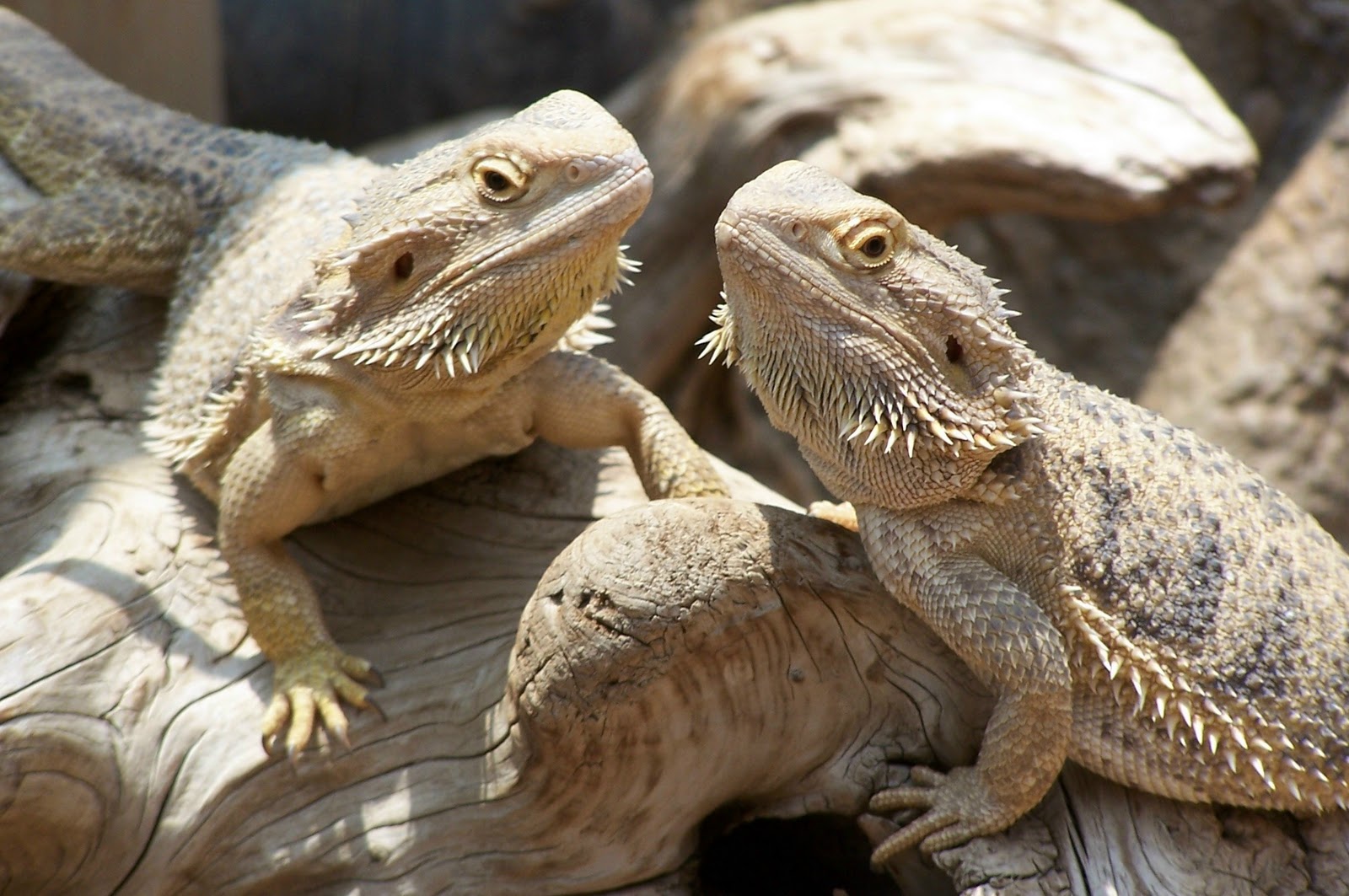Bearded Dragon Mite: Everything You Need to Know
Bearded Dragon Mite: A Common and Harmful Pest for Your Lizard

Bearded dragons are popular pets, and for a good reason. They are docile, intelligent, and enjoyable to keep, making them perfect for beginners. However, pet owners should be aware that Bearded Dragon Mites can infest their reptiles, causing discomfort and illness. In this blog post, we will discuss everything you need to know about Bearded Dragon Mites, from its causes to treatment and prevention.
What Are Bearded Dragon Mites?
Bearded Dragon Mites, also known as snake mites or Ophionyssus natricis, is a parasitic arthropod that feeds on reptiles’ blood. Mites are tiny and difficult to identify, with a size ranging from 0.5- 1.0mm. They can cause discomfort, stress, and severe illness, making it essential to address the situation immediately.
Causes of Bearded Dragon Mite Infestation
Bearded Dragon Mites can occur due to several reasons, including:
- Bringing a new bearded dragon home or placing them in a communal enclosure
- Exposing your bearded dragon to an infected reptile or environment.
- Not maintaining proper hygiene, such as neglecting to clean the enclosure or accessories.
- Overcrowding or poor ventilation in the enclosure.
- Stress from poor environmental conditions or diet, making your bearded dragon vulnerable to diseases and pests.
Symptoms of Bearded Dragon Mite Infestation
It’s crucial to recognize the symptoms of Bearded Dragon Mite Infestation, so you can address the situation immediately. These symptoms include:
- Unusual scratching and rubbing against objects in the enclosure.
- Restlessness and discomfort.
- Visible irritation, redness, or swelling on your bearded dragon’s skin.
- Lethargy, loss of appetite or weight loss.
- Visible tiny black or brown dots on your bearded dragon’s body or enclosure walls.
Treatment for Bearded Dragon Mite Infestation
If you suspect your bearded dragon has mites, it’s crucial to act immediately to prevent further infestation and illness. Treatment may vary depending on the severity of the infestation, but here are some common steps:
- Isolate your bearded dragon from other animals.
- Deep clean the enclosure and accessories to remove any mites.
- Apply a reptile-safe mite spray, such as Provent-a-Mite or Reptile Relief, following the instructions carefully.
- Bathe your bearded dragon in warm water with a few drops of tea tree oil.
- Repeat the treatment weekly to ensure all mites and eggs are eliminated.
- Consult a veterinarian if the infestation is severe or your bearded dragon is showing severe symptoms.
Prevention of Bearded Dragon Mite Infestation
Prevention is better than cure, and you should take preventitive measures to protect your bearded dragon from mites. Here is how to prevent mite infestations:
- Quarantine new reptiles before introducing them to your bearded dragon or communal reptile enclosure.
- Clean the enclosure and accessories frequently, especially with pets that wander outdoors.
- Ensure proper ventilation and humidity levels in the enclosure.
- Provide a healthy diet, hydration, and environmental enrichment to reduce stress and illness.
- Schedule regular check-ups with a reptile veterinarian to catch any potential health problems.
Conclusion
Bearded Dragon Mite is a parasitic pest that can cause discomfort and illness to your pet. However, you can treat and prevent its infestations with proper care and maintenance. By following our guide and looking out for the symptoms, you can ensure your bearded dragon stays healthy, happy, and mite-free. If you have any concerns or questions, don’t hesitate to consult a reptile veterinarian.
